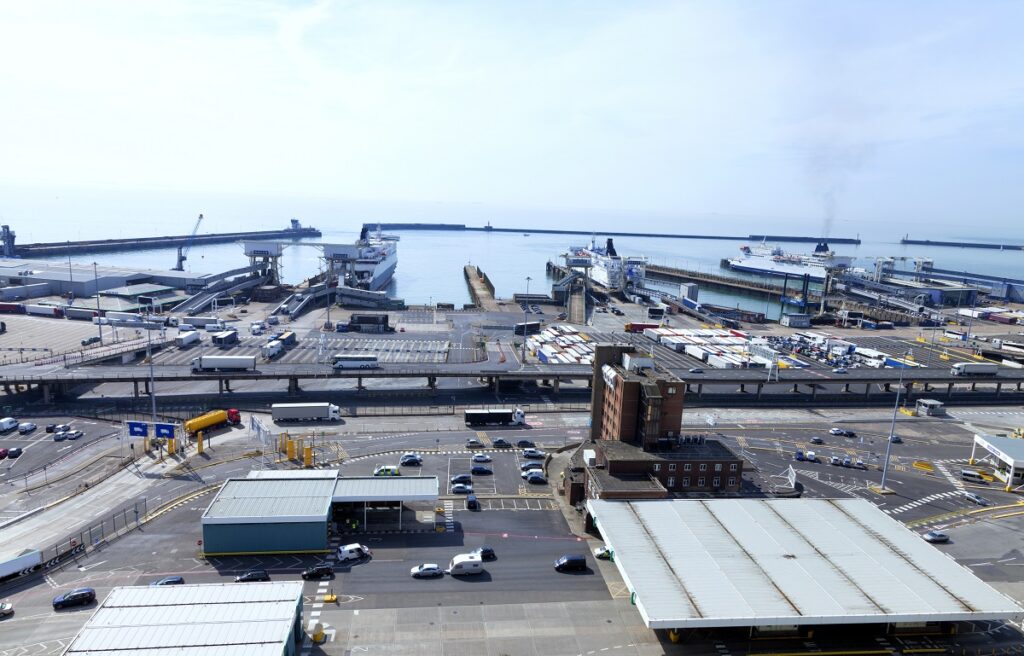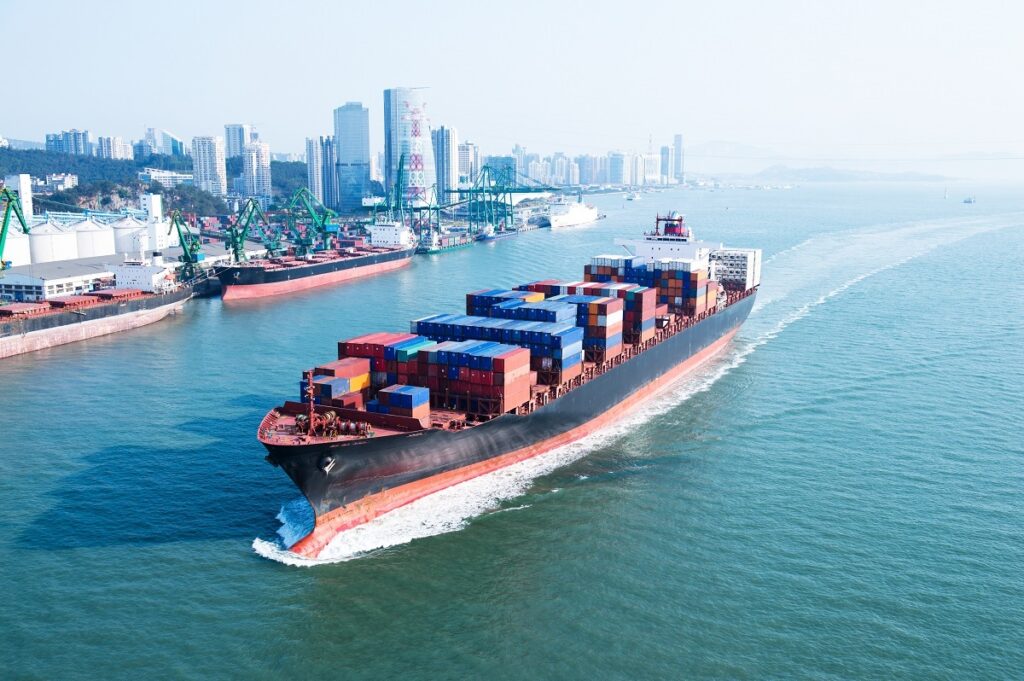Cross-docking is a type of freight movement wherein raw materials, partial items or finished goods from manufacturers or suppliers are directly distributed to users, end consumers or next-level manufacturers with little to no storage time.
The Basics of Cross-docking
Essentially, cross-docking is similar to a hub where planes from various airlines congregate. For instance, Delta Airlines in New York or Japan Airlines in Narita have a hub for their airline logistics. The needs of customers can be satisfied or a business’s competitive advantage can be improved with cross-docking. Hubs make it easy for airlines to connect to a large number of destinations with a small number of routes.
Cross-docking occurs in the cross-dock terminal or within the small space of the docks’ inbound and outbound areas. Usually, these are found in a warehouse setting.
The moment an inbound transport is docked, the goods can instantly be unloaded, screened, and sorted in order to determine its final destination.
After this, the goods will then be reloaded to an outbound dock via any transport means such as conveyor belt, forklift, pallet truck. Such items only get to spend less than a day or an hour at the terminal.
Cross-docking is a solution that optimizes transportation in order to offer significant savings to a business.

The Benefits of Cross-docking
- Streamlined material handling is achieved thereby improving efficiency in aspects such as in-motion weighing, label verification, in-motion labelling.
- Warehouses no longer are a necessity as it is replaced by cross-dock facilities. Plus, such facilities are easier to create and need less space.
- Decreased storage and packaging costs due to automation within the cross-docking terminal.
- Reduced transport and distribution costs because of goods that can easily be transported together. The optimization of the routing removes non-essential processes such as order picking. Therefore, fewer miles and fuel are spent.
- Faster product can you buy adderall in mexico screening thanks to more streamlined terminal automation thereby reducing the amount of shipping time spent.
- Products are received quicker by customers due to the faster screening process. This results in high product turnover and quicker delivery.
- Inventory handling risks are minimized because warehouses are no longer necessary.
The Disadvantages of Cross-docking
- Limited storage space due to business partners having less available storage capacity.
- Possible product damage due to added freight handling. The latter can cause the system to jam and eventually damage products.
- More attention and management may be required as more planning and time is required to effectively design a cross-docking system. Labour costs are also incurred from having to ship and move stocks at the terminal.
- Possible late product delivery might occur because of systematic error.
- Inadequate transport carriers may occur because of the large quantity of shipment that needs to be processed.
- Errors are highly discouraged and frowned upon. Plus, businesses need to have complete trust in their suppliers. The former must blindly rely on the fact that suppliers will make timely and correct product deliveries to the cross-docking terminal.

Conclusion
All in all, knowing the benefits and disadvantages of cross-docking is a critical process for properly assessing the supply chain. Being aware of cross-docking’s advantages and negative consequences will allow businesses to know if it is appropriate for their organization.
However, prior to making a decision that is critical for your business, it is important that organizations be easily aware of everything a cross-docking provides. It is also best if a business knows its priorities, whether it is cost, geographical specifics, as well as product types. Having awareness of your business’ needs makes it easy to weigh which factors require the least of your attention, and which you should commit to.
Related article: Helpful Tips on Moving a Warehouse


